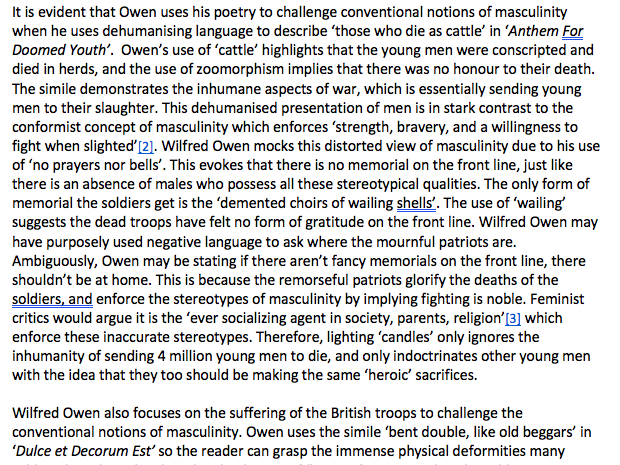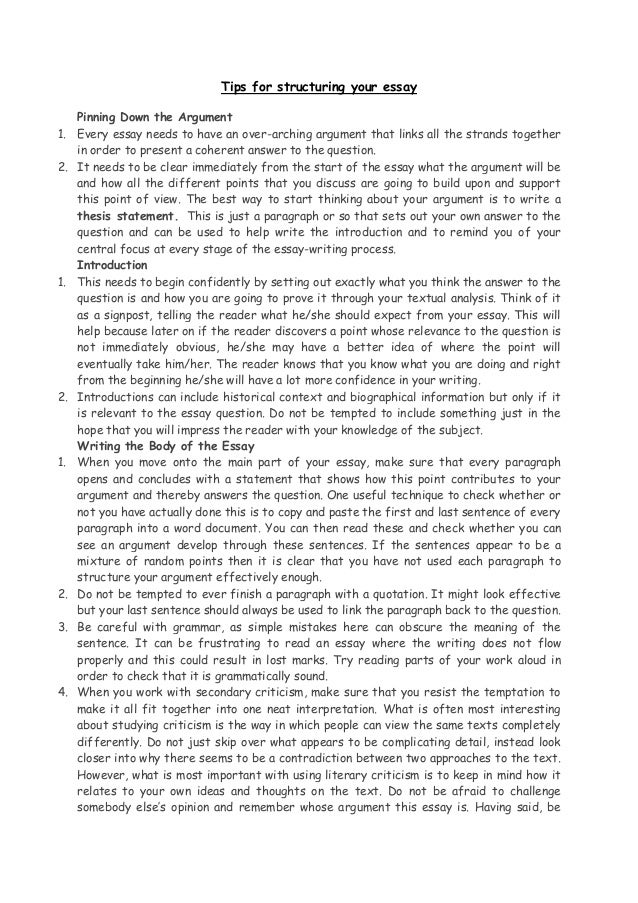If you’re trying to write an English coursework for your A level course, you’re probably wondering how to start. Here’s a quick guide to choosing a topic, writing the body of your essay, and creating a bibliography. It’s important to use your own words whenever possible, but it is perfectly acceptable to quote another author. Just be sure to mention the source and use quotation marks to show that you’ve used someone else’s words.
Writing a paper pin
The structure of your writing is of utmost importance in English coursework. This type of essay is based on an extended essay format. Using an outline will help you structure your thoughts and allocate your materials accordingly. An example project would be one that deals with the global pursuit of lower costs and its impact on human rights. The role of global corporations in the abuse of human rights could also be a topic for your project.
If you want to write a paper for your English coursework, you need to make sure that you have read the assessment objectives. There are different types of assessment, ranging from essays to research papers. In any case, you should always look at the objectives of the assessment, since they are supposed to be objective. Remember to come up with something original and novel, and end your paper with a strong conclusion. You can use your research to make your paper stand out from the rest.
In order to ensure that your paper will be accepted by your tutor, you should research about the theme of the assignment and find out more about the available topics. Make sure you stick to the word count and don’t use any citations that are too long. When writing your coursework, don’t use a topic that’s too narrow or controversial because you’re studying for an exam. In such a scenario, consider another topic.
Choosing a topic
The first thing that students should remember when choosing a topic for their English coursework is that plagiarism is not an option. Nowadays, information on the internet is abundant, so students can find anything they need to write a paper on. However, tutors are strict about plagiarism, so if you want to use quotes, you must follow the proper citation format, develop a list of references, and sign a declaration that says that your work is original. When it comes to word count, remember to specify whether footnotes are included in the word count. You should also check the themes that are available to you. If the one you chose is already a theme you’ve chosen for an exam, you should pick a different topic.
Once you’ve decided to take up the A-level course, you’ll need to choose a topic to write about. This coursework can be very difficult to choose, especially because there are so many different types of English assignments. Usually, advanced GCE students will have to write two essays, each containing 3,000 words. The essays are worth 20 marks maximum. They must be analytical and evaluate three sources of data and discuss their uses and effects on the target audience. You’ll also need to include some commentary on the English language you chose in order to support your argument.
After choosing a topic, you’ll have to decide whether it’s interesting, relevant, and readable. The topic should be a combination of both, so that the reader will want to read it. It should be a topic that you are interested in, but that’s not too broad, and it should not be outdated. You should also choose a topic that corresponds with your interests, and make sure to follow the guidelines of your professor. Your professor may provide you with a list of topics that he or she prefers.
Choosing a bibliography
There are two main types of bibliographies: Harvard and Oxford. Harvard is the most common type of referencing and is often used by universities and colleges. Harvard style requires short parenthetical notes within the text (without footnotes), which state the author’s name, date of publication and page number. Oxford style, on the other hand, requires full bibliographic information in the footnote or in the bibliography.
In addition, annotated bibliographies usually include summaries and assessments of the content. College-level annotations tend to be short (around 100-200 words for each source), but longer annotations are acceptable for longer papers that require in-depth evaluations. The length of an annotation also depends on the type of paper being written, so be sure to discuss your assignment’s length and type of reference style with your professor.
Choosing a bibliography for an essay is quite different from choosing a topic for an annotated bibliography. Annotated bibliographies are different from essays because they are written as preparation for an essay. Annotated bibliographies do not usually require an introduction or a conclusion, although some instructors do require it. When choosing a topic for an annotated bibliography essay, it is important to establish the focus of the paper and specify its intentions.
Choosing a title
Choosing a title for English coursework can be a daunting task, particularly for students doing the A-level course. It is important to choose texts that work well together, based on your interests and what your coursework will be about. Think about a broad topic or area that you’re interested in. For example, if you’re a feminist, you might want to choose texts by and about women from difficult periods in history.
Writing an essay plan
As with any assignment, a good essay plan is the key to completing your paper successfully. The best way to begin is by looking at the theme and identifying the main points you want to cover in your work. Often, this is the topic of your exam, so you should check the availability of themes for your coursework first. If you don’t find a theme that suits you, try to choose another one.
Before writing an essay, make sure you know the question completely. Read the question several times, underlining key points and highlighting any important information. This way, you will be able to write the essay more easily and without any confusion. When drafting the essay, you may need to talk through your plan with a peer or tutor to refine it. Once you’ve got a general outline, you can start building the more detailed plan.
During your A-level course, you’ll be required to write two separate assignments, one of which will be a 1000-word analytical essay and another of around 2000 words. Both of these tasks will require you to study your chosen text in-depth and analyze its features, structure, language and grammar. After that, you’ll need to write an analytical paper describing the findings and interpretations of your chosen text. You’ll need to plan out your essay so that it follows the syllabus.
Writing an appendix
Unlike the main body of the document, an appendix contains additional material that must be properly referenced. As with any other document, the title of the appendix should be legible and written in capital letters. The title should also be numbered appropriately and follow the same order as the main text. If there are multiple appendices, the first one should be listed on a separate page. Each appendix should have at least one paragraph, and the indentation of subsequent lines should be at least half an inch. Appendices should also contain tables, figures, and charts that are cited and referenced appropriately.
When writing an appendix, make sure the title is centered and clearly labeled. The numbers should also be the same as the rest of the paper. In addition, the page numbering should be consistent with the main body of the paper. If you are adding a survey or questionnaire, be sure to number each page of the appendix, but don’t bury it in the middle of the paper.
The format of your appendix should be consistent with the guidelines in your style guide. However, it is recommended that you place the addendum section after the reference list. This way, your reader will be able to take a short break between reading the main body of the document. If you’re unsure, you can ask an independent observer to provide feedback. The objective of the appendix is to provide supplementary information, not to copy other people’s work.




